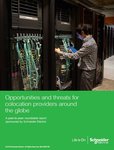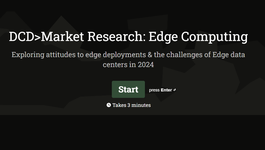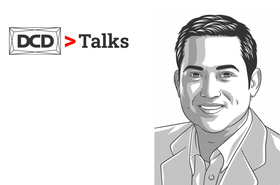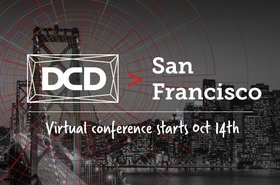The demand on data centers has never been higher, and it’s only going to grow. How do we build and run today — for tomorrow? In episode seven of the Data Center Tech Bytes podcast series Joe Reele, Vice President, Solution Architects, Schneider Electric; Jason Black, Head of Global Network Infrastructure, Uber; Tom Brown, President & CEO, Datagryd Data Centers and Jeff Wabik, Chief Strategy & Connectivity Officer, DC BLOX discuss what type of infrastructure and network it takes to support the digital surge that’s getting bigger every day.
Uber is emblematic of the digital innovations born from the ability to co-locate tremendous compute power and deliver network density. Just think about what happens when you open the Uber app and type in “where to.”
According to Jason, the request goes securely to the cloud then to a regional data center through strategically located point-of-presence (PoPs) to ensure the lowest latency. Repeating this action multiple millions of times per day requires a dense network. It’s all part of what he calls the company’s “tripod strategy.”
Jason says, “We co-locate in facilities that provide the necessary carrier density and give us the space, power and cooling we need to build for today and expand for tomorrow. Having on ramps to the cloud is also critical when we select a colo space.”
DC Blox and Datagryd offer such ecosystems, with centralized cloud, regional, colocation and interconnect. They’re both seeing the typical amount of customer data go from terabytes to petabytes due to what Jeff calls “remote humanism.”
The network of the future
“That is, with today’s circumstances, we all still have to be ourselves. We still need to be in contact with everybody, and we’re trying to do the same things we used to, but now we’re doing it digitally,” he explains. “And with transactions — be it an Uber request, Amazon checkout or ordering a meal — minutes matter. The data needs to be protected, reliable and able to be transmitted quickly.”
Tom expands on this point, saying, “Even before the current surge, in just a few short years, we’ve seen a footprint go from 3kW to an average of seven to 10kW. You need the right infrastructure and design to cool this and meet compute demands.”
With no end in sight to the escalation of demand, Joe wonders about the network of the future. “What will take us to the next level in terms of network exchange and densification and the ensuing innovation?”





